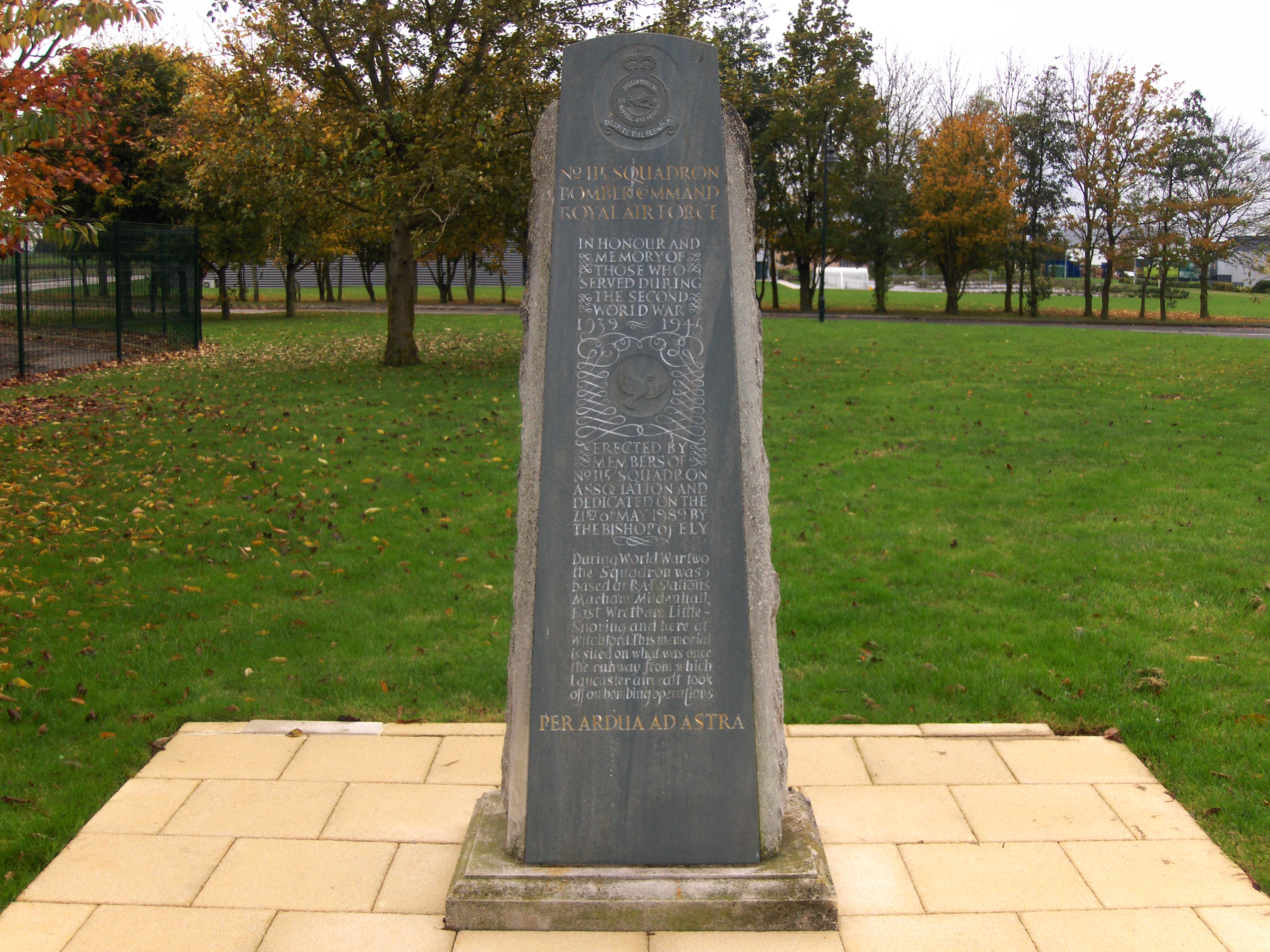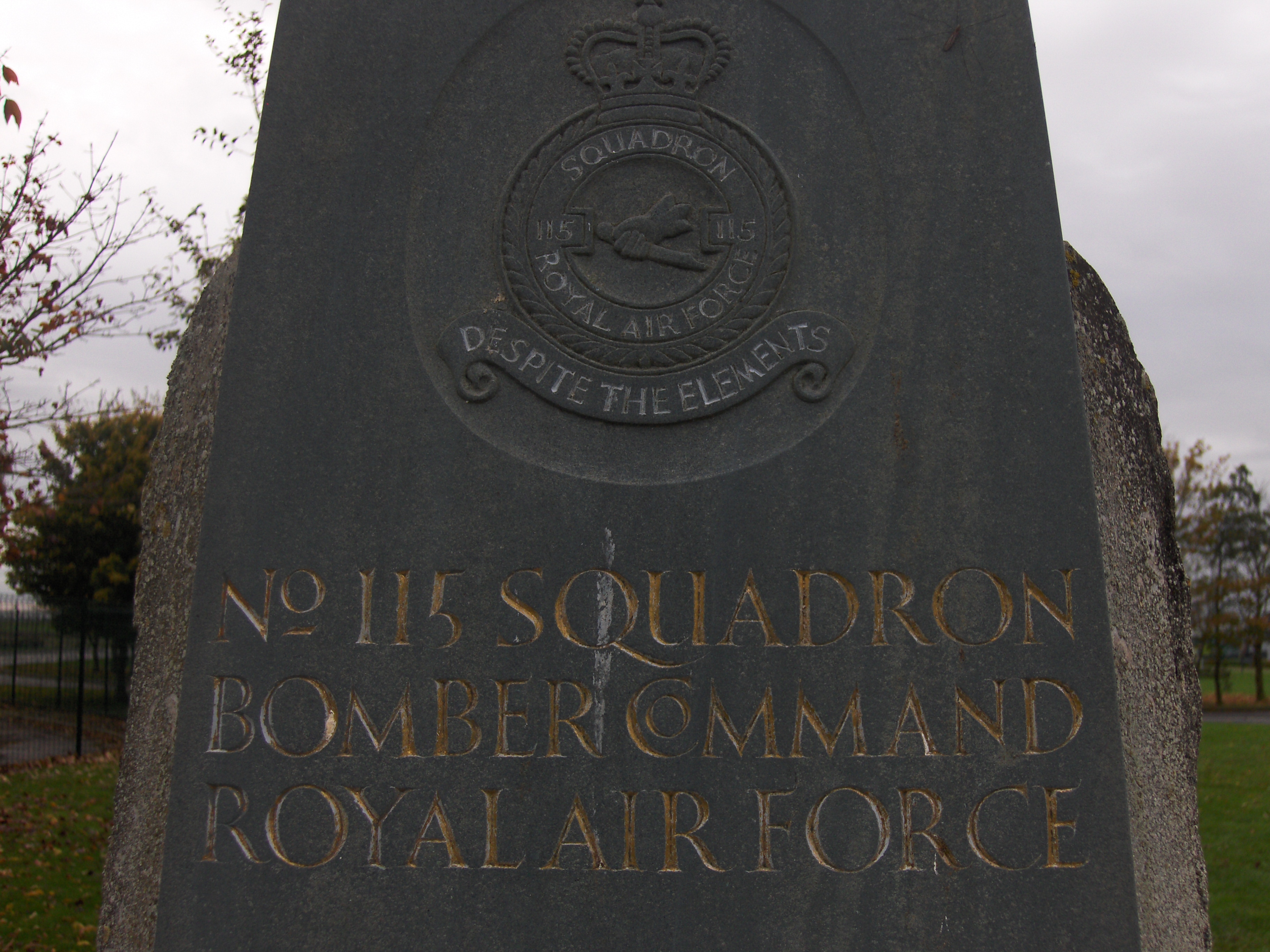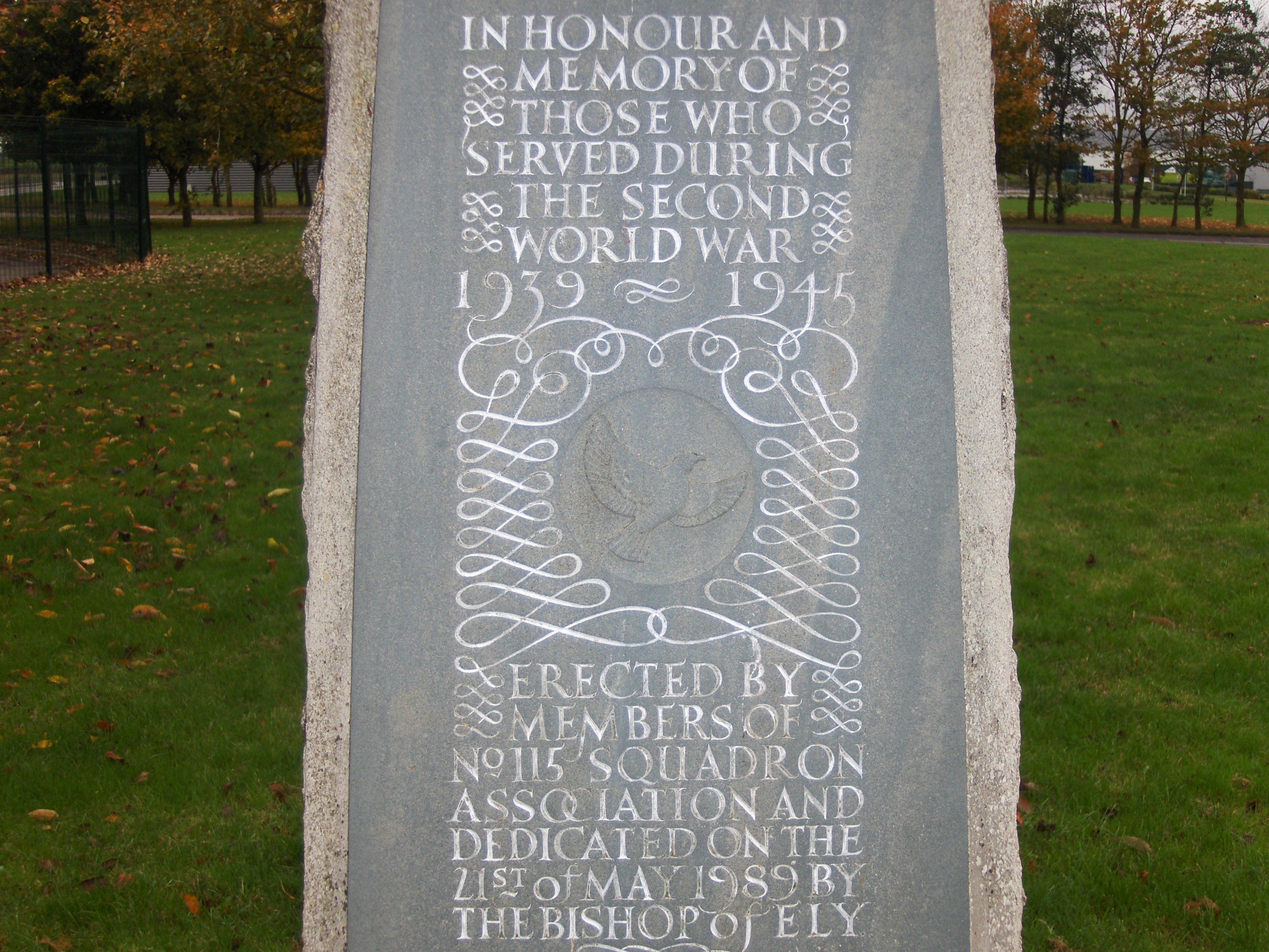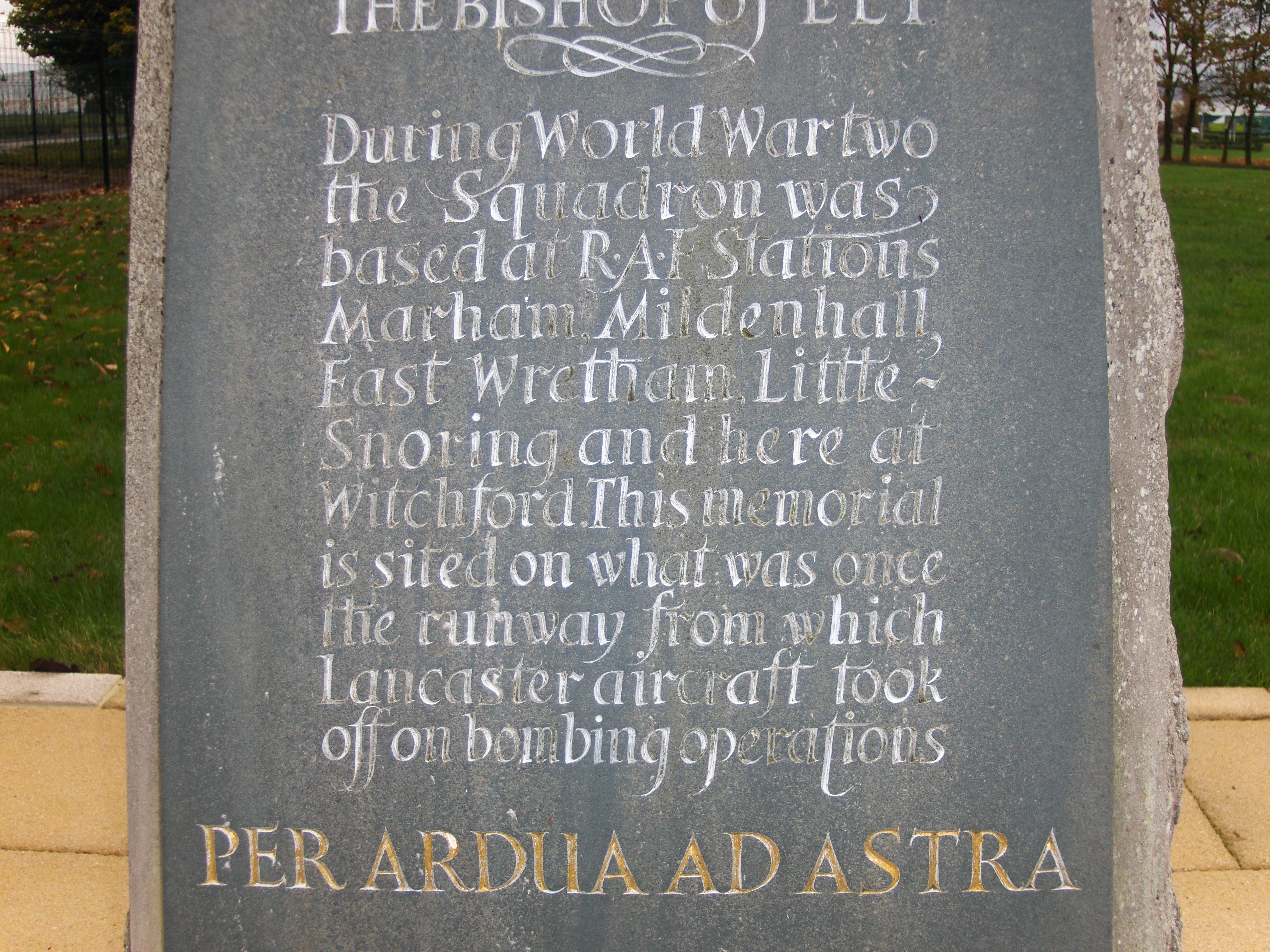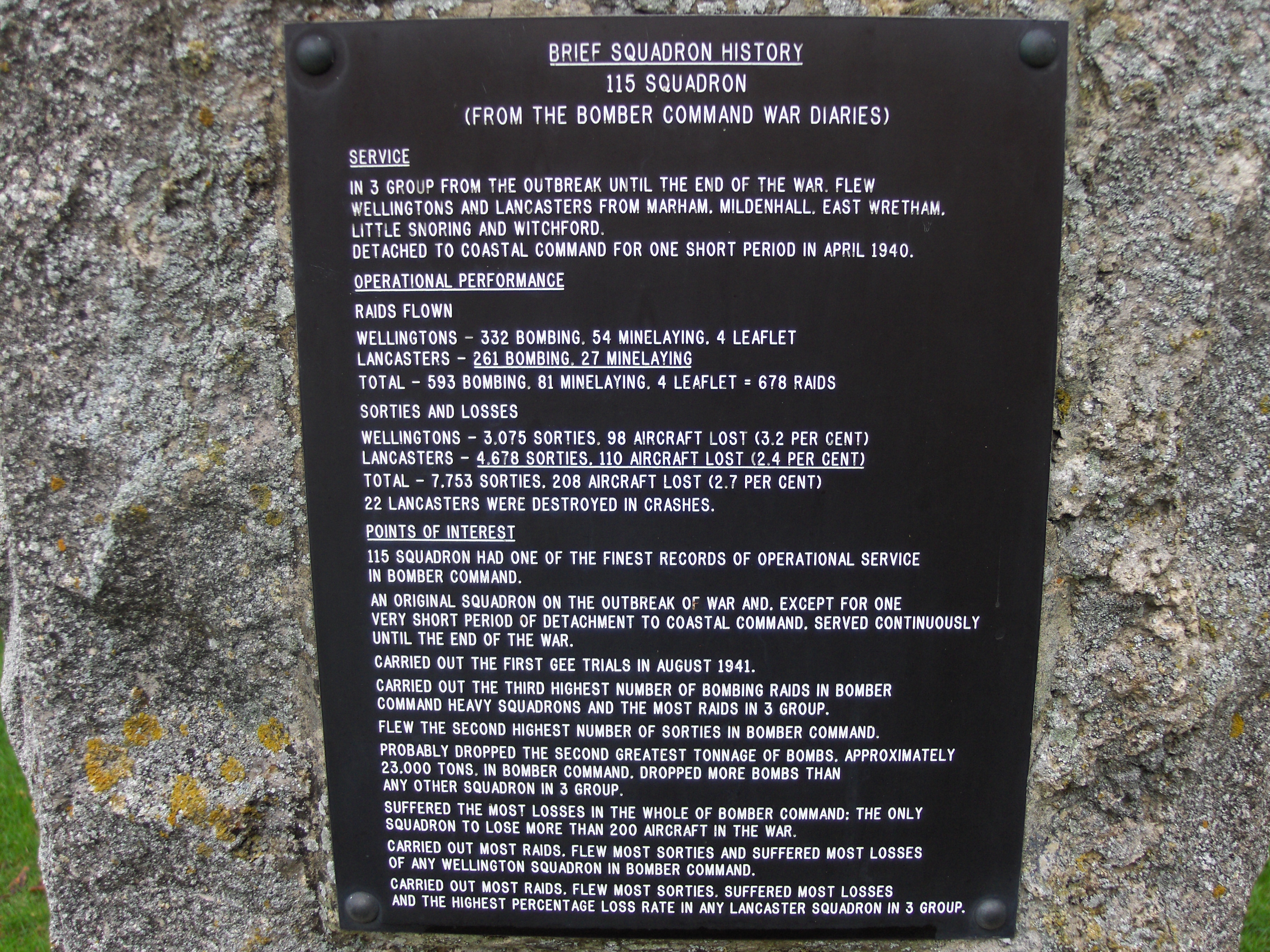Wood, Thomas Reader Russell
Personal Information
| Rank | F/O |
| Forename(s) | Thomas Reader Russell |
| Surname | Wood |
| Gender | M |
| Decorations | DFC |
| Date of Death | 03-06-1942 |
| Next of Kin | Son of the Honourable B. R. Wood, of British Guiana. |
Aircraft Information
| Aircraft | Vickers Wellington III |
| Serial Number | X3635 |
| Markings | KO-J |
Memorial Information
| Burial/Memorial Country | Germany |
| Burial/Memorial Place | Becklingen War Cemetery |
| Grave Reference | 26. G. 12. |
| Epitaph |
IBCC Memorial Information
| Phase | 2 |
| Panel Number | 268 |
Enlistment Information
| Service Number | 67642 |
| Service | Royal Air Force Volunteer Reserve |
| Group | 3 |
| Squadron | 115 |
| Squadron Motto | Despite the elements |
| Trade | Pilot |
| Country of Origin | British Guiana |
Other Memorials
| Location | Lancaster Industrial Estate, Witchford, Cambridgeshire |
| Country | United Kingdom |
| Memorial Type | Stone Pillar with inscribed Slate Tablets & Metal Plaques |
| Memorial Text | In honour of those who served during the Second World War 1939 - 1945 |
Miscellaneous Information
| DFC Recommendation: "Pilot Officer Thomas Reader Russell Wood (67642) Royal Air Force Volunteer Reserve No. 115 Squadron (deceased), awarded with effect from 3rd June 1942. This officer has completed numerous sorties on which he has acted as captain of aircraft on 24 occasions. He has attacked a wide variety of important enemy targets such as Hanover, Mannheim, Cologne, Lubeck, Rostock and Essen. On 12 August 1941 P/O Wood was captain of a Wellington bomber, one of 7 aircraft that left for a raid on Essen in the Ruhr. His aircraft bombed the target and on the way back was attacked by a German fighter and shot down over Scottow, Norfolk. All the crew escaped with slight bruises except Sergeant Evans, Rear Gunner, who was killed 27/28 August 1941 Pilot Officer Wood was forced to leave his aircraft by parachute. He descended safely but suffered a broken shoulder. He recommenced operational flying some 6 months later. During the period 2nd April, 1942 to 1st June, 1942, he completed numerous operations against some of the most heavily defended targets in Germany. For the raid on Cologne on the night of 30th May, 1942, his crew was selected for special photographic work. During the latter period of operations many successful night photographs have been taken. Pilot Officer Wood is a skilful and courageous leader". |
Commonwealth War Graves Commission
The National Archives
| Record of Events (Operational Record Book) AIR 27/889/12 |
| Summary of Events (Operational Record Book) AIR 27/889/11 |
Fellow Servicemen
Please note that this list gives all the losses aboard the quoted aircraft and occasionally these may have occurred on an earlier date when the aircraft was not itself lost. Please check the dates of death carefully.
Last Operation Information
| Start Date | 03-06-1942 |
| End Date | 04-06-1942 |
| Takeoff Station | Marham |
| Day/Night Raid | Night (70% moon) |
| Operation | Bremen. 170 aircraft. Although crews reported indifferent results, this was in fact the third heaviest raid on Bremen of the war. The U-boat factory was damaged as was the harbour area generally |
| Reason for Loss | Hit by flak and crashed 1km south of Adelheide |


